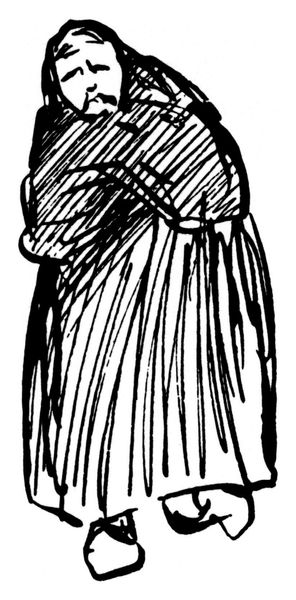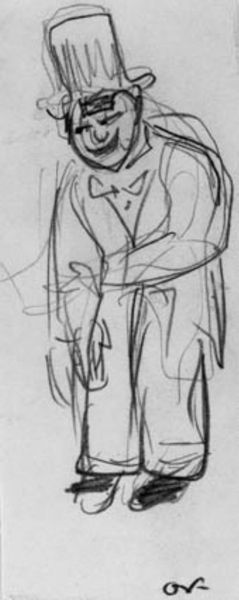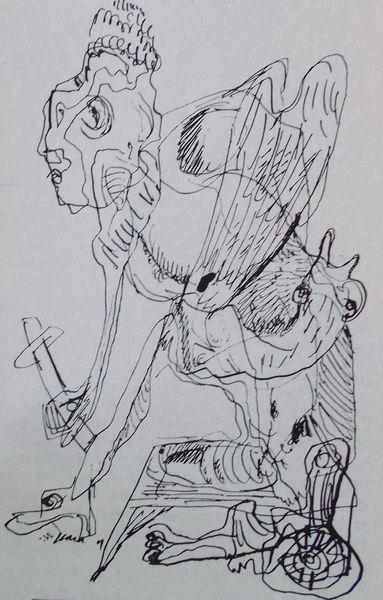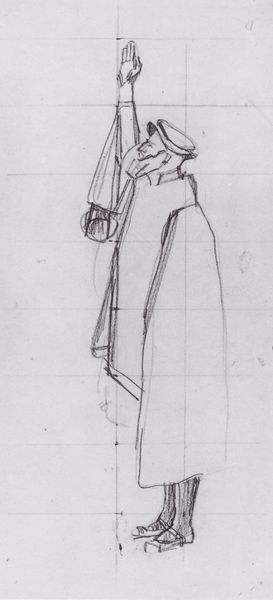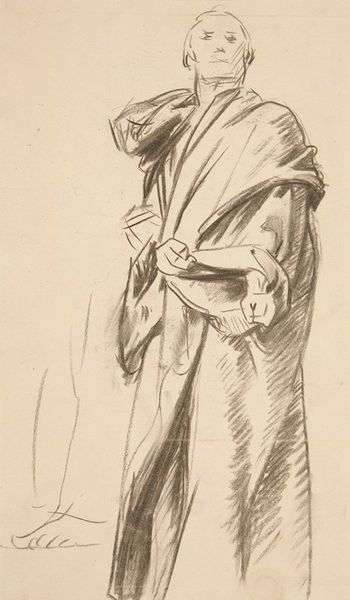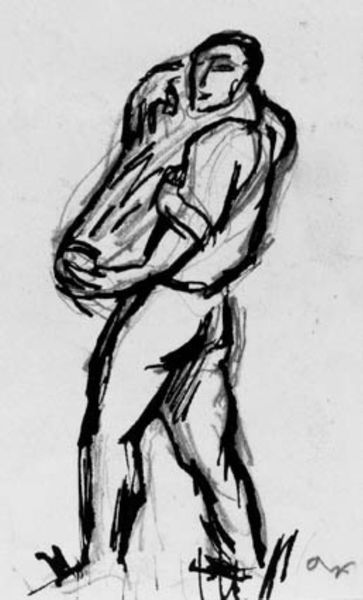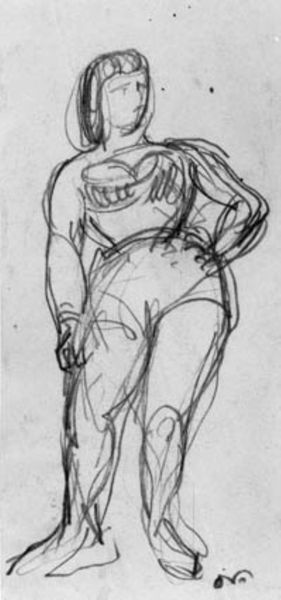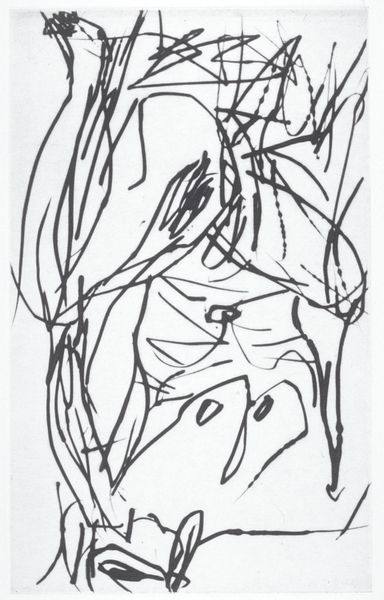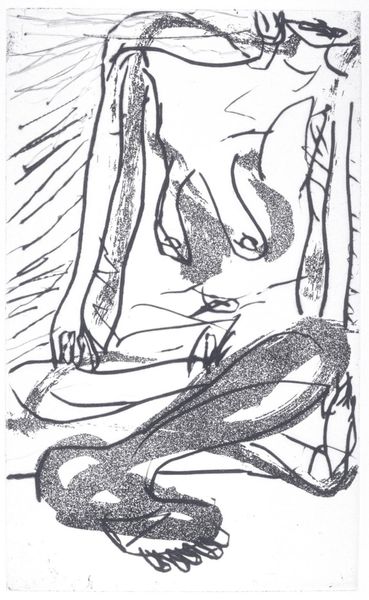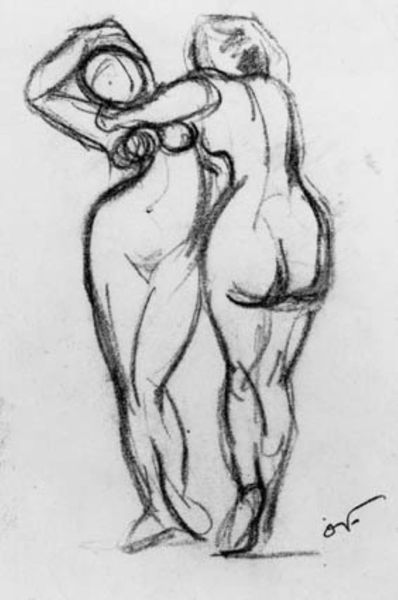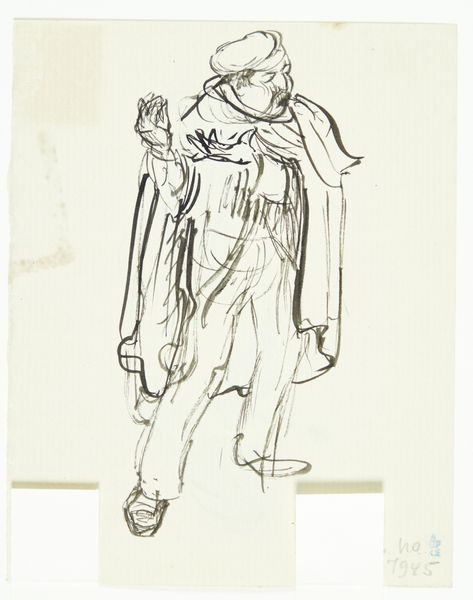
drawing, paper, ink
#
portrait
#
drawing
#
asian-art
#
ukiyo-e
#
figuration
#
paper
#
ink
#
line
Copyright: Public domain
Editor: This drawing, simply titled "Portrait" by Katsushika Hokusai, rendered in ink on paper, has a captivating, melancholic air to it. I find myself drawn to the expressive lines and the palpable weight of age. What strikes you about this work? Curator: Well, considering Hokusai's cultural milieu, we can explore this work beyond a simple depiction of age. How does the figure’s presentation challenge or uphold existing power structures or social roles of the time? Is this a venerated elder, or someone on the margins? Editor: I see what you mean! I hadn't really thought about what the depiction might suggest about social hierarchy, but, in what ways were portraits like these involved in that sort of social dialogue in Hokusai's Japan? Curator: Ukiyo-e, although popularly associated with idealized depictions of courtesans and actors, frequently engaged with different social strata, including the elderly. Now, examine the detail in the hands clutching the cane. What statement might Hokusai be making about aging, respect, or perhaps even burden, through this posture and expression? The fact that this figure is simply titled a "Portrait" makes one wonder whether its lack of distinction might reflect Hokusai's views on the role, position, and inherent cultural value ascribed to age within Edo society? Editor: So, the deliberate lack of idealization is potentially a commentary in itself. I'm now thinking about how this was probably viewed at the time, or perhaps, even an intentional statement by Hokusai? It has definitely deepened my understanding! Curator: Indeed. By looking through the lens of cultural and social history, this ink drawing speaks volumes about the human condition, far beyond a simple record of appearance. Editor: Thanks, that really made me reconsider my first impressions. I am leaving with a more layered and considered perspective on what portraiture might have meant back then.
Comments
No comments
Be the first to comment and join the conversation on the ultimate creative platform.
